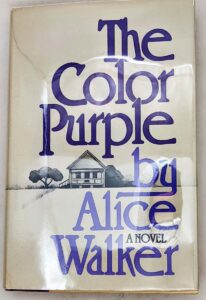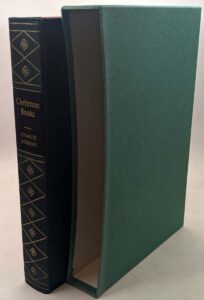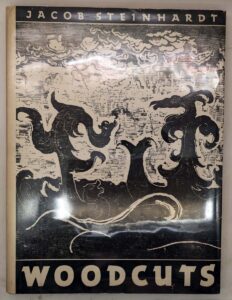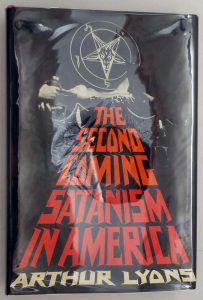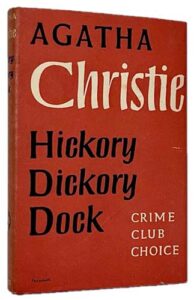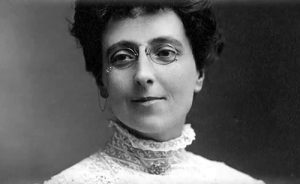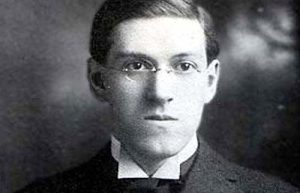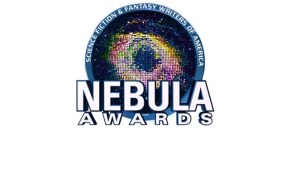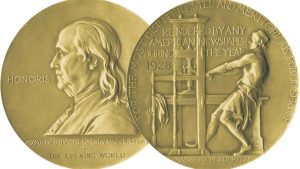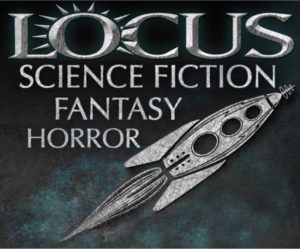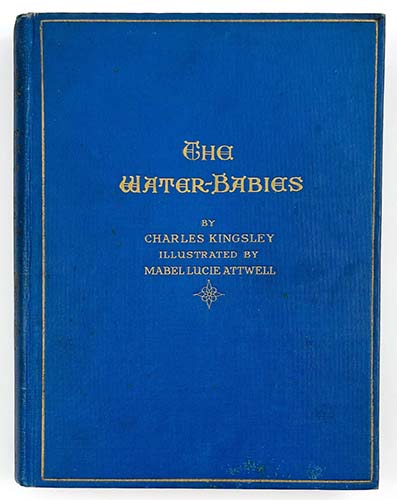
The Water Babies (1920s), by Charles Kingsley and illustrated by Mabel Lucie Attwell, presents a whimsical reinterpretation of the classic Victorian moral fable through the lens of early 20th-century nostalgia. Published by Raphael Tuck & Sons in their distinctive “Dean’s Gift Book” series, this edition softens Kingsley’s often stern ecological parable with Attwell’s signature rosy-cheeked cherubs and cozy aquatic scenes. Her watercolor illustrations transform the story’s protagonist Tom into a plump, mischievous toddler with cupid-bow lips and twinkling eyes, floating through pastel-hued seascapes populated by smiling starfish and grandmotherly lobsters. The artist’s interpretation of Mrs. Doasyouwouldbedoneby as a matronly fairy in a frilled bathing costume exemplifies her ability to domesticate even the story’s most formidable characters, while her version of the punishing Mrs. Bedonebyasyoudid becomes more comical than fearsome. Attwell’s decorative borders—woven with chubby sea horses and bubble-blowing fish—turn each page into a playful aquarium, her soft color palette of coral pinks, seafoam greens, and baby blues creating a soothing visual rhythm. Though this sanitized approach diverges from Kingsley’s original social critique, the edition became enormously popular for its comforting, nursery-friendly aesthetic that perfectly captured interwar Britain’s longing for innocent charm.
About Mabel Lucie Attwell (1879-1964):
Britain’s most beloved children’s illustrator of the interwar years, Attwell developed a instantly recognizable style that defined nursery decor for generations. Trained at London’s Regent Street Polytechnic, she rose to fame through postcard designs before creating the cherubic, dimpled children that became her trademark. Unlike contemporaries who illustrated The Water Babies with moral seriousness (like Jessie Willcox Smith‘s 1915 edition), Attwell approached Kingsley’s tale as pure fantasy, focusing on the story’s whimsical elements while minimizing its harsher lessons. Her commercial success—through Royal Doulton figurines, nursery wallpaper, and countless picture books—stemmed from an uncanny ability to tap into adult nostalgia for childhood innocence. This 1920s edition, though often criticized for diluting Kingsley’s message, played a significant role in keeping the Victorian story alive for new generations. Attwell’s original artwork for this volume, with its characteristic round-faced babies and cozy domestic details, remains highly collectible, though her style fell from favor as modernist aesthetics dominated postwar children’s literature.
For admirers of this edition, these kindred works may charm:
• Peter Pan and Wendy (1921) illustrated by Attwell – her other major fantasy adaptation
• The Water Babies (1915) illustrated by Jessie Willcox Smith – a contrasting pre-war interpretation
• Alice’s Adventures in Wonderland (1910) by Attwell – showcasing her best adaptation of Lewis Carroll‘s classic
